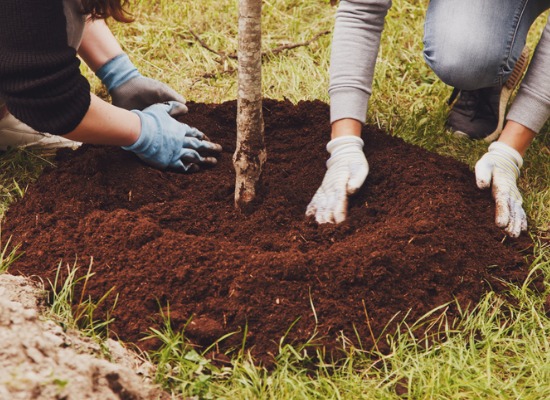TREE EDUCATION

Trees are among the best aspects of our natural landscapes, providing homes and businesses with protection and natural beauty while reducing energy costs. Whether Gainesville residents have recently purchased a new home or their current property features a tree in a less-than-ideal location, tree transplantation may be required to help preserve the landscape, property, and the people and animals within it. Transplanting trees without affecting their health and longevity can be tricky. Here, our master arborists with SkyFrog Tree Service offer tips about the do’s and don’ts of transplanting a tree to help make for a safer and more successful transfer.
For all of your tree care needs, contact us to request a free estimate or to learn more about our tree services. We also provide tree restoration and preservation services for all trees.
The tree transplant process starts with doing some research. Some trees transport better than others and have varying needs regarding sun exposure, soil preferences, drainage levels, and other factors. Make sure the tree’s new location can accommodate its needs. Consider the current size of the tree and how much larger the tree will grow once transplanted. Avoid planting trees too close to any buildings, as this can wreak havoc on the home or business’s foundation and roofing. Also, be sure to find out the location of your underground utilities and consider the location of nearby power lines and neighbors’ properties. For help with this process, contact us to schedule transplant tree service from local arborists you can trust with your trees and property!
When it comes to transplanting a tree, timing is critical. Generally, the best time to transplant trees is during the spring or fall, when trees are most dormant. Planting while trees are dormant provides them with a better opportunity to establish roots and gather essential nutrients. During the summer months, trees receive significant, uninterrupted water flow from regular rainfall and the ground, which helps feed it’s leaves and fruit as it grows. Transplanting a tree in the summer can cause it to go into tree transplant shock, which will likely cause the tree to suffer and resist successful transplantation. It’s typically best to transplant trees on a cloudy, non-windy day or in the late afternoon, providing a full night to adjust to the changes.
In some cases, transplanting a tree is not the best option. We advise against attempting to transplant a tree that is either dying or deteriorating. While some trees can live for hundreds of years, they are subject to pests, diseases, poor soil conditions, and harmful weather patterns, which can cause them to die much sooner than they should. Some sick or unhealthy trees can be saved with proper care from trained arborists, who can help prevent the spread of any disease to surrounding trees. Yet, some trees do require removal from the property, and stressed or sick trees will likely not be able to handle the transplanting process. Contact us for more information.
Before transplanting, there’s a fair amount of preparation you should do to help increase the probability of success with your tree. This includes extra care when watering, fertilizing, and pruning the roots of the tree you intend to transplant. To protect the tree’s roots, you will want to make the process of digging up the tree and replanting it as quick as possible. Water the tree 24 hours before you transplant it to help the soil stick to the tree’s roots and protect it as you transplant it. Be sure to secure the tree’s canopy by tying it up or covering it with a tarp to prevent branch breakage. Water the new home you will place your tree into (the soil should have a mud-like consistency). Once the tree is inserted into its new hole, cover its roots halfway with soil and water the tree thoroughly. Fill any remaining space with additional soil and pat the soil down around the tree. Need help? Contact SkyFrog Tree Service!